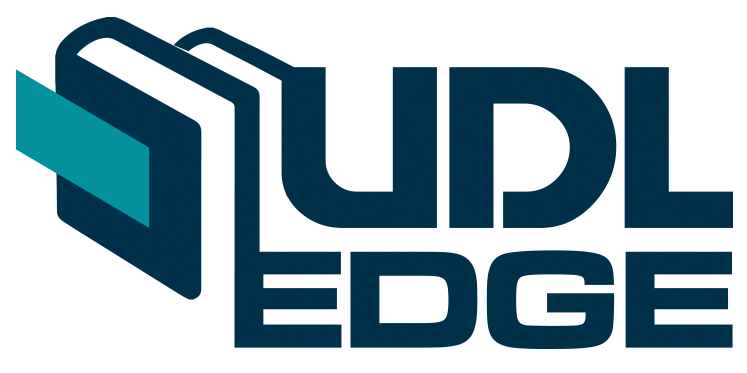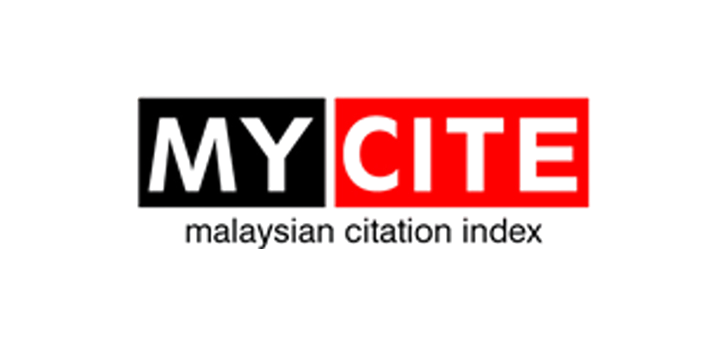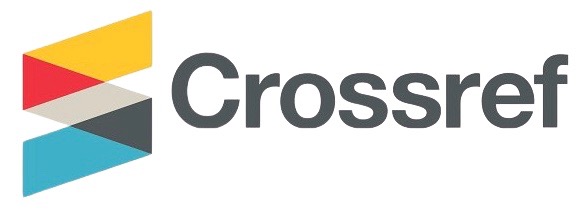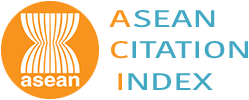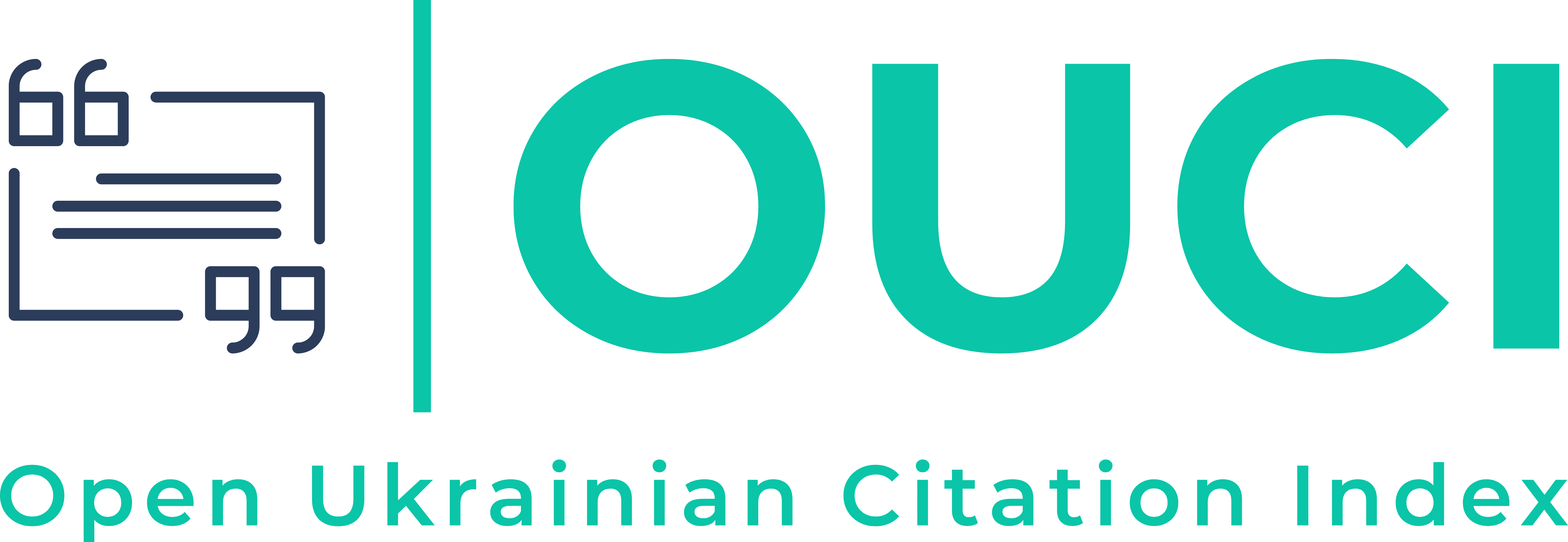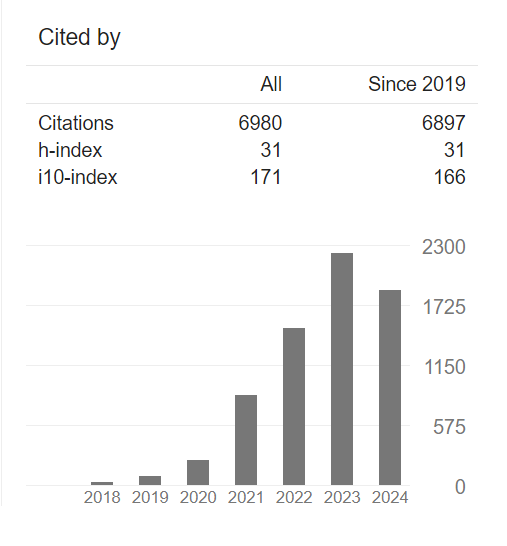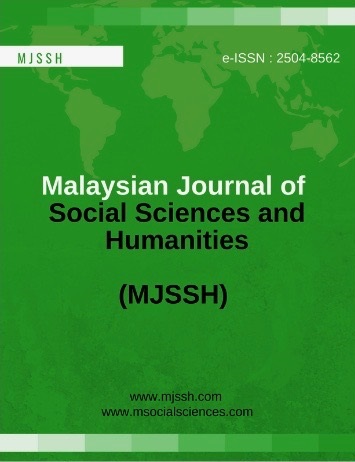Digital Equity: A Quantitative Study on Indigenous College Students’ Attitudes in Sabah, Malaysia
Abstract
The purpose of this study was to examine indigenous college students’ attitudes toward digital equity in Sabah, Malaysia. Respondents were required to full out a digital equity questionnaire on Google Forms and their responses were subsequently analyzed by using SPSS 29.0. Findings revealed that very low to low-average proportions of college students tend to exhibit positive attitudes toward digital equity. Moreover, nonparametric tests showed nonsignificant differences in perceived digital equity by way of gender, age, and ethnicity. Besides, Wilcoxon signed rank test revealed that all digital equity items were significant at p < .001, with medians significantly different from the hypothesized value of 3.5, thus indicating strong disagreement. In view of the findings, some recommendations were made on strategies and ways to increase digital equity in Sabah.
Downloads
References
Abu, R. (2023, June 7). Columnist: Are Malaysians ready to embrace digital citizenship? Air Times. https://www.airtimes.my/2023/06/07/columnist-are-malaysians-ready-to-embrace-digital-citizenship/
Ahmad, N. S., & Rathakrishnan, M. (2025). Digital technology integration in teaching and learning among teachers in Kedah, Malaysia. International Journal of Instruction Technology and Social Sciences, 4, 83-94. 10.47577/ijitss.v4i.144
Bukhori, M. F., Zainal, N., & Mustaza, S. M. (2025). Evaluating digital communication skills and attitudes toward online learning among students in the faculty of engineering & built environment, Universiti Kebangsaan Malaysia. Innovative Teaching and Learning Journal, 9(1), 296–305. https://doi.org/10.11113/itlj.v9.172 296
Gong, R. (2023, 4 January). Digital rights as part of Malaysia’s digital transformation. Khazanah Research Institute. https://www.krinstitute.org/assets/contentMS/img/template/editor/20230104%20Digital%20Rights.pdf
Internet Society Foundation. (2023, June 21). What is digital equity? Internet Society Foundation. https://www.isocfoundation.org/2023/06/what-is-digital-equity/
Ismail, R. A. M. (2025, July 4). Bridging the digital divide in Malaysian education. Penang Institute Monographs. https://penanginstitute.org/wp-content/uploads/2025/07/Bridging-the-Digital-Divide-in-Malaysian-Education.pdf
Kaur, J. G. S., & Ab Karim, H. S. (2024). Inclusive digital world: Examining access, affordability and ability in Malaysian underserved community. Journal of Information and Knowledge Management, 14(2), 12–24. https://doi.org/10.24191/jikm.v14i2.3665
Lenovo. (n. d.). What is digital equity? https://www.lenovo.com/my/en/glossary/digital- equity/
Marimothu, G., Paramasivam, K., Kamaruddin, R., Norazan, S., & Veeraputran, V. (2024). The level of attitude of Malay Language teachers in applying digital learning in Malay Language teaching. International Journal of Academic Research in Business and Social Sciences, 14(7), 1379-1389. 10.6007/IJARBSS/v14-i7/21534
Mastam., N., M., Mokhtar., K., & Zaharudin., R., (2024). Bridging the digital divide in Malaysia: Enhancing digital literacy for inclusive students in educational systems. Asia Pacific Journal of Youth Studies (APJYS), 15(2), 128-150. https://doi.og/ 10.56390/apjys2024.15.2.128
Memon, M. A., Ting, H., Cheah, J-H., Thurasamy, R., Chuah, F., & Cham, T. H. (2020). Sample size for survey research: Review and recommendations. Journal of Applied Structural Equation Modeling, 4(2), 1-20. https://jasemjournal.com/wp-content/uploads/2020/08/Memon-et-al_JASEM_-Editorial_V4_Iss2_June2020.pdf
Mohamed, S., Ghazali, W. N. W., & Nasir, N. S. M. (2024). Navigating digital risks and
benefits: Malaysian parents' perceptions of their children's digital media usage. e-Bangi: Journal of Social Sciences & Humanities, 21(1), 135-146. https://journalarticle.ukm.my/23493/1/135_145_669302358811PB.pdf
Natrah, L. (2022). Attitudes and motivations graduates in digital entrepreneurship. Online Journal for TVET Practitioners, 7(2), 76-85. https://publisher.uthm.edu.my/ojs/index.php/oj-tp/article/view/12334
Ooi, C. (2024, September 19). 61 years since MA63, Sabah is still the poorest Malaysian state. Mr Money TV. https://www.mrmoneytv.com/post/61-years-since-ma63-sabah-is-still-the-poorest-malaysian-state
OpenMinds. (2024 September). Malaysia’s path to digitalisation with AI, 5G, and automation. OpenMinds. https://www.openmindsresources.com/blog/malaysias-path-to-digitalisation-with-ai-5g-and-automation/
Pua’at, A. A., & Yunus, N. M. (2023). A study on awareness, exposure and attitude towards digital citizenship among university students in Malaysia. Information Management and Business Review, 15(1(I)SI), 190-203. https://doi.org/10.22610/imbr.v15i1(I)SI.3397
Roscoe, J. T. (1975). Fundamental research statistics for the behavioral sciences (2nd ed.). New York: Holt Rinehart and Winston. https://www.amazon.com/Fundamental-Statistics Behavioral-International-processes/dp/0030919347
RUBIKTOP. (2023, September 14). The magic number 30: Why a sample size of 30 is often considered sufficient for statistical significance. Linkedin. https://www.linkedin.com/pulse/magic-number-30-why-sample-size-often-considered-sufficient/
Subramaniam, L., Yap, C. S., Jalaludin, F. W., & Hen, K. W. (2024). Digital divide and university students’ online learning amidst Covid-19 pandemic in Malaysia. Libri, 74(2), 197-210. https://doi.org/10.1515/libri-2023-0115
Tanusha, N., Leelavathi, M., & Muhammad, N. A. (2023). Parent’s perception of digital device use among their preschool children and its associated factors in Kota Setar, Kedah. Medical Journal Malaysia, 78(6), 763-767.
The Massachusetts Broadband Institute. (n. d.). The Massachusetts Statewide Digital Equity Survey. The Massachusetts Broadband Institute. https://www.eastbridgewaterma.gov/sites/g/files/vyhlif516/f/uploads/230705_ma_paper_public_survey_v3_english.pdf
Zi, T. M. (2020, June 17). Sabah university student spends 24 hours on top of a tree for better internet connection for online exams. Malay Mail. https://www.malaymail.com/news/life/2020/06/17/sabah-university-student-spends-24-hours-on-top-of-a-tree-for-better-intern/1876231
Zulkifli, F., & Abidin, R. Z. (2025). Identity in the digital age: An investigation of Malaysian perspectives on technology and privacy. Journal of Advanced Research in Applied Sciences and Engineering Technology, 43(2),1-20. https://doi.org/10.37934/araset.43.2.120


